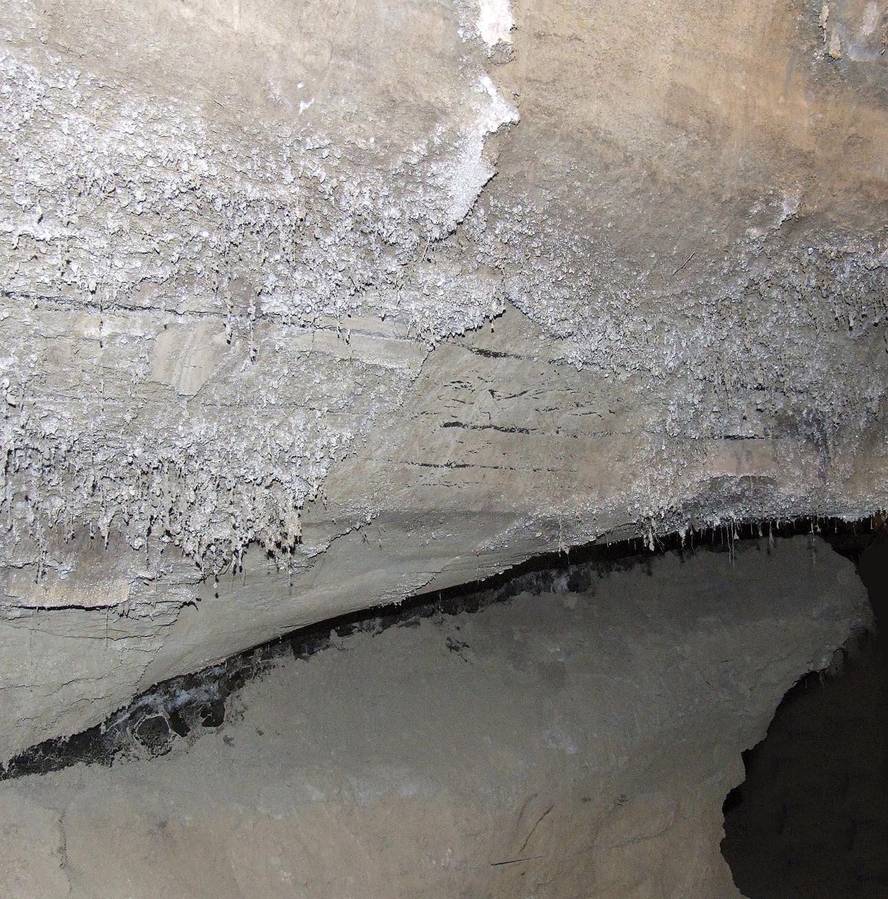Bacterial resistances to antibiotics are very prior to the use of man
A group of biochemists from the University of McMaster has discovered bacteria resistant to current modern antibiotics in icy lands over the past 30,000 years. The sampling was conducted in western Canada, near the city of Dawson.
To avoid contamination of samples with current bacteria, the drilling equipment with E. coli fluorescent bacteria was sprayed. Thus, if any bacteria entered the inside of the samples, the detection would be done quickly with ultraviolet light. In addition, the presence of fauna and flora in the samples collected 30.000 years ago confirmed that the samples come from that time.
The laboratory found that bacteria contain genes that make them resistant to certain antibiotics. Genes of resistance to penicillin, tetracycline and bancomycin were found, among others. Subsequently, the bancomycin resistance gene was reconstructed by the use of ancient DNA fragments and protein was formed from the gene. In his study it was observed that the activity and structure of the current equivalent proteins is practically the same.






